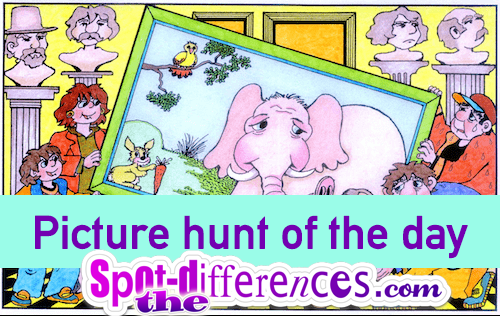Dyslexic Thinkers Aren’t Disabled Thinkers
In the world of reading, we know oral language is mapped on to symbols we recognize as the alphabet.
This is a sound-symbol relationship. When an individual struggles to grasp this relationship, the label of ‘dyslexia’ is often applied, implying a learning disability. This approach assumes everyone thinks and processes incoming information alike.
What if this is not the case? An architect ‘sees’ a building before drafting a blueprint. An engineer imagines a bridge, visualizing the piers. These visual thinkers imagine a world in three dimensions. Those with dyslexia exhibit visual and dimensional thinking as a stronger mental process.
Now, imagine a Kindergartener being introduced to flat lines on paper that are supposed to carry sounds that have no meaning until blended together into words. In the dyslexic world, if the letter ‘R’ was three dimensional, looking down from the top, it would be a bar; from below, two small squares. Without directionality to hold the letter in place, how it is supposed to look? Lines anchor two-dimensional letters in place but what holds three-dimensions?
Technology is changing the mental landscape. In the 14th century, few people could read so gossip was the mode of communication. Fast forward to the 20th century, with books, radio, and television engaging the visual and auditory senses, and eventually, computers and smartphones, adding touch. Today’s student thinks in all three modalities. Imagine thinking in live-action holographs and you’d have a better idea of the mental processing of a dyslexic thinker.

How do we teach someone who sees the world in holographic images? We begin with dimensions using real objects. By naming them, we add language, using the entire word initially.
Before dyslexic thinkers can recognize letters in their proper position on a line, they need to examine them in dimensional space. By using pliable materials to shape symbols for 360-degree viewing, young learners begin to recognize how to place a letter properly on a line. By beginning with named objects, the entire word is connected to dimensions. Dyslexic thinkers need to take words apart to discover patterns rather than assembling these from isolated letters and sounds.
This object – picture – sound – symbol approach creates a bridge for dimensional thinkers to move into the two-dimensional word of print and text. Building a mental library of objects with their whole word label creates a resource for using careful observation to detect common patterns and relationship with words which do not contain a visual image such as ‘not’ or ‘is’ or words we know as function words.
Continue reading article:
https://www.teachthought.com/literacy/dyslexic-thinkers-arent-disabled-thinkers/
Category: Dyslexia







